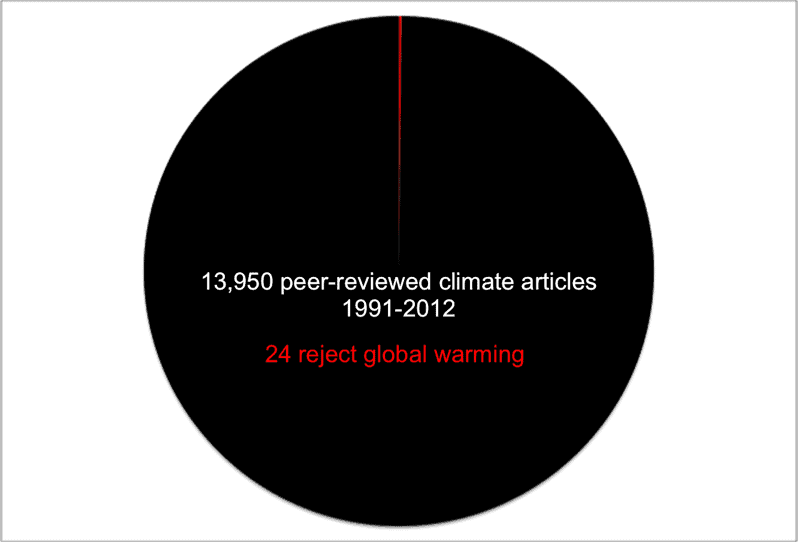Global warming is real, it’s affecting us all, and it’s gonna get worse – and we have nobody to blame but ourselves.
The IPPC report

The Intergovernmental Panel on Climate Change (IPCC) is a scientific intergovernmental body with the purpose of providing ‘comprehensive scientific assessments of current scientific, technical and socio-economic information worldwide about the risk of climate change caused by human activity, its potential environmental and socio-economic consequences, and possible options for adapting to these consequences or mitigating the effects’.
Thousands of scientists and other experts contribute (on a voluntary basis, without payment from the IPCC) to the writing and reviewing of reports, which are then submitted to government officials. The main purpose of the IPCC isn’t to make new studies, but to review and put together other studies, basically summarizing all relevant research and drawing conclusions from it.
The Fifth Assessment Report is now underway and is expected to be finalized in 2014, but some very important information from it has already been divulged – most notably, that “with a certainty of 95%, climate change is man made”.
“It is extremely likely [95 percent confidence] more than half of the observed increase in global average surface temperature from 1951 to 2010 was caused by the anthropogenic increase in greenhouse gas concentrations and other anthropogenic forcings together.”
They further elaborate, and explain what IS causing global warming (human gas emissions):

“The best estimate of the human-induced contribution to warming is similar to the observed warming over this period … The observed warming since 1951 can be attributed to the different natural and anthropogenic drivers and their contributions can now be quantified. Greenhouse gases contributed a global mean surface warming likely to be in the range of 0.5°C to 1.3 °C over the period 1951−2010, with the contributions from other anthropogenic forcings, including the cooling effect of aerosols, likely to be in the range of −0.6°C to 0.1°C.”
… and what is not causing it (natural factors such as solar activity or ocean cycles):
“The contribution from natural forcings is likely to be in the range of −0.1°C to 0.1°C, and from internal variability is likely to be in the range of −0.1°C to 0.1°C.”
Confirming the study
Add the University of Oxford, London School of Economics, and the Centre for Ecology and Hydrology to the supporters of the IPCC report. In a new paper authored by Jara Imbers (OCCAM, Mathematical institute, University of Oxford), Ana Lopez (London School of Economics), Chris Huntingford (Centre for Ecology and Hydrology) and Myles Allen (Atmospheric, Oceanic and Planetary Physics, University of Oxford), the validity of the already famous “95 certainty” statement was tested.
They found that regardless of the method they used to conduct correlate the data, regardless of the statistical algorithms they used, the greenhouse gas signal remains statistically significant under the detection model – in other words, no matter how you try to look at it, it’s still man made.
What this means for ‘climate change skeptics’ and conspiration theorists
First of all, the term ‘skeptic’ in this context is simply wrong. Scientists are, by default, skeptics – they don’t believe in anything, they just follow the line of evidence and analyze everything logically. The appropriate term is ‘deniers’ – because they are denying something which at the moment, is about as clear as it gets.
At the moment, there are approximately 14.000 peer reviewed papers that document climate change, and … 24 that deny it. That’s all there is to it – no other scientific debate is as one sided as this one. There is no conspiracy to somehow artificially promote man made climate change – if anything, it’s the other way around. Just think about the fact that 9 out of 10 climate change deniers are linked to Exxon Mobil, one of the biggest companies in the world, which just so happens to be an oil company.
It’s high time we stopped thinking about whether this is a real problem or not, and think about what we could do to fix it.







